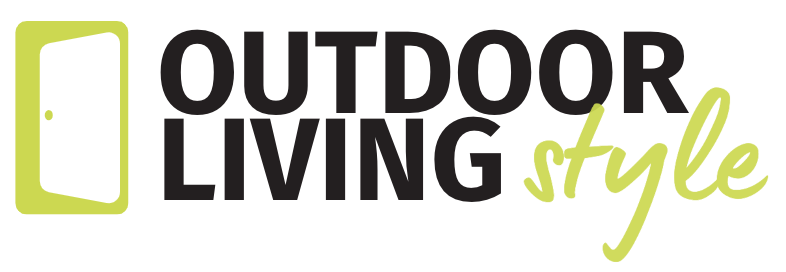The Modern Gardener
Text by Dee Nash
Do you ever feel like something is missing? It seems the harder we work in our always connected professional lives, the more we crave a connection to nature. Once you have a place to call home—whether it’s an apartment or your dream house—you begin to want something more.
Perhaps you like to cook. You’ve invested in all of the right cookware, and a few of those fancy little kitchen gadgets out on the market, and you just love to get your hands on the freshest ingredients. What if you could walk out of your back door and clip a few sprigs of thyme or rosemary before dinner?
You want a garden, but you don’t need it to take over your already busy life. You certainly don’t want your grandmother’s large plot, but you want one that feeds you—body and soul. You may not have much space, but you desire a few flowers for your table too.
It might sound like an impossible task, but it isn’t. With a couple of containers, some good organic potting soil, a few plants, and good ‘ole water, you can quickly grow a garden that works with your modern day life. Spending an hour or two on the weekend to gather your materials and do some planting is a great investment in the locally sourced, organic food you will enjoy with friends and family for months that follow.
Here are my five tips to get you started.
1. Start small and stay in charge. Container gardens, whether you plant one pot or six, are easy and productive. You can use traditional pots, but if you live in an apartment or a condo with stairs, you may not want to lug heavy pots up to your balcony. Plastic seems an obvious choice because it’s lightweight and portable. However, scientists still haven’t proven whether bisphenol A (BPA) leaches into growing vegetables. There is food-grade plastic available, especially in five gallon buckets, if you don’t mind the industrial look. Just don’t forget to drill holes in the bottom for adequate drainage.
There is another popular lightweight and flexible option. Smart Pots are soft-sided fabric containers uniquely designed to improve the root structure of your plants. Professional growers have used these things for years, so they are time tested. Some even come with clever little handles to make pots easier to move around. They come in black and tan and can be emptied, folded, and stored easily for the long Hudson Valley winters.
2. Potting soil isn’t garden soil. Most potting soils are primarily composed of peat moss. Peat moss in the US generally comes from Canada. Whether it’s sustainable depends upon whom you ask. For more information on Canadian peat bogs and their management, see http://www.peatmoss.com/. If you’re concerned about the ingredients in your potting soil, ask your local nursery. Nurseries often have their own mix, and it may contain less peat, or completely replace it with other materials.
3. Buy plants instead of trying to grow everything from seed. Garden favorites like tomatoes and peppers need a long growing season, and in the Hudson Valley, it’s a good idea to get a head start. Leafy greens though, like lettuce, chard, kale, and spinach, all grow well from seed in cooler weather.
4. You don’t need to grow all of your food. That’s what grocery stores and Community Supported Agriculture (CSA) farms are for. Container gardening is a simple way to reap a good harvest of what you like best to eat. By gardening, you’ll learn to think seasonally—kale and green beans, for example, don’t normally grow or harvest at the same time. By eating seasonally, you’ll get fresher food that tastes better and is healthier.
5. Water is your most important resource. Before you plant, think about how you will water your garden. Water needs to be close by and consistent for potted plants—one day without water, and they very well may die. Will you install a drip system, or water by hand? Either way, have a plan before you plant. If you're growing on a raised deck or patio, your containers will heat up and cool faster so they may require a bit more water.
One more good thing about growing in containers . . . you’ll save your weekends from weeding! With a container garden, you don’t usually have as many weeds, and the ones you do see are easy to pull.
To keep tabs on your plants, go out and visit your garden every day. If you don’t install a drip system, you’ll need to water plants before you head off to work so they’ll be hydrated during the hottest part of the day.
Finally, don’t focus only on the end result. That’s a trap most new gardeners fall into. Instead, remember gardening is a process. It’s a chance to step away from our gadgets and engage with the world around us. The simple joys of clean eating, birds singing, butterflies, and fat bumblebees are only a step away. Open your back door, take a breath of fresh air and enjoy. Your garden awaits.
Dee Nash is the author of the 20/30-Something Garden Guide, a no-fuss, down and dirty, Gardening 101 for anyone who wants to grow stuff. You can reach her at her blog of the same name, or on her other website, Red Dirt Ramblings. She’d love to hear from you.
This article is from the Early Summer issue of Outdoor Home Magazine.



